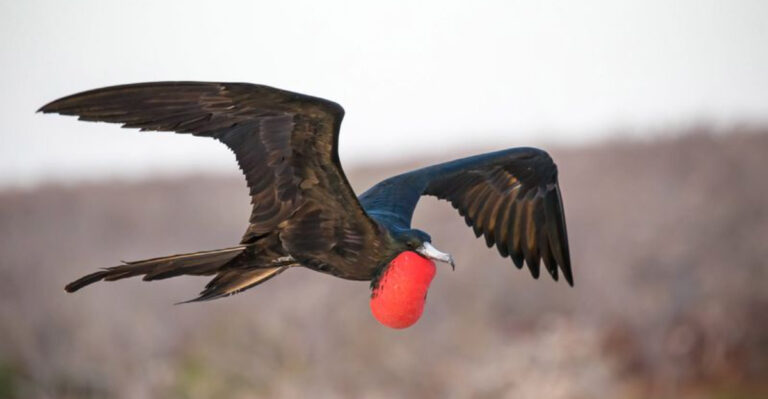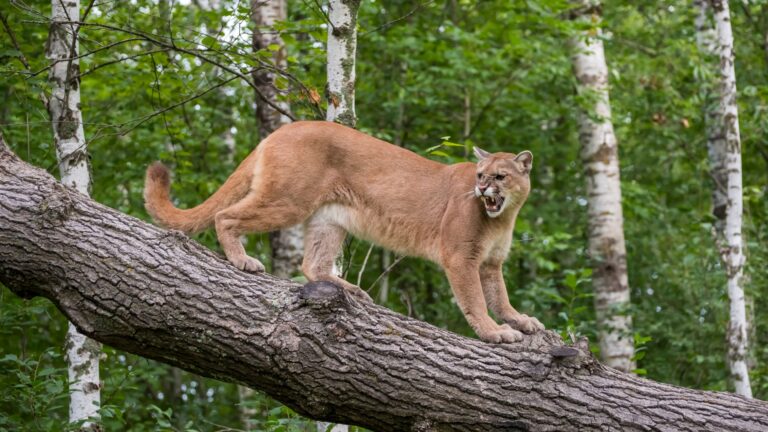Discover The U.S. Park With The Most Wild Wolves

In the wild heart of Yellowstone, wolves reign supreme, roaming vast landscapes and howling under starry skies. As the U.S. park with the most wild wolves, this iconic wilderness is a living stage for dramatic hunts, complex social dynamics, and the raw beauty of nature.
Dive into fascinating facts about these apex predators that continue to captivate the world.
1. Yellowstone Reigns Supreme
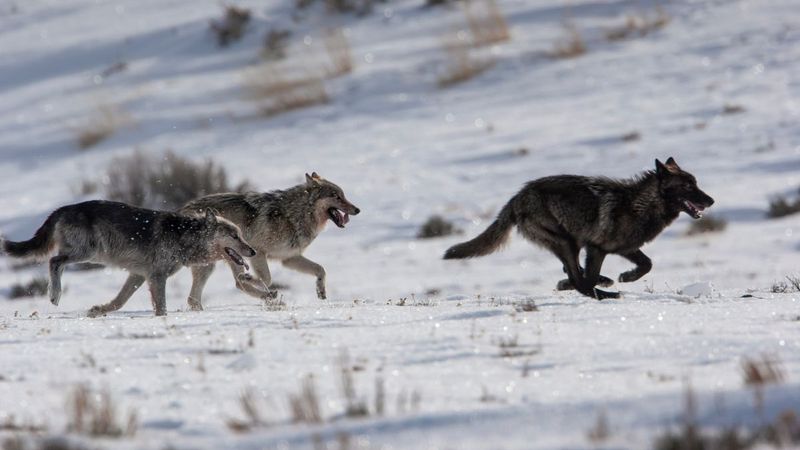
Yellowstone National Park houses the largest wolf population in the contiguous United States with approximately 123 wolves in 11 packs as of 2021.
These majestic predators were successfully reintroduced after being completely eliminated from the park in the early 1900s. Their return marked one of the most successful wildlife restoration projects in history.
2. Nature’s Ecosystem Engineers
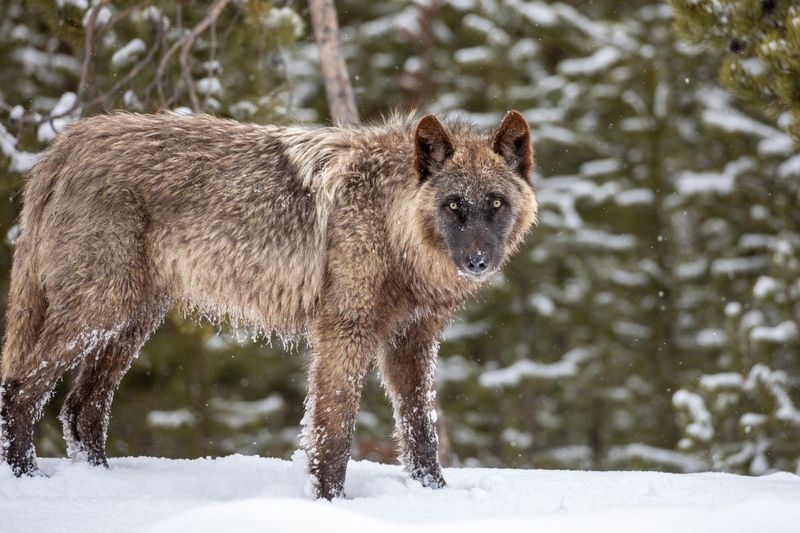
Ever heard of a trophic cascade? That’s what happened when wolves returned to Yellowstone! Their hunting of elk allowed aspen and willow trees to recover after decades of over-browsing.
This vegetation comeback created habitat for beavers, songbirds, and countless other species. Scientists call this phenomenon the “ecology of fear” – where predators reshape entire landscapes.
3. Family Matters Most
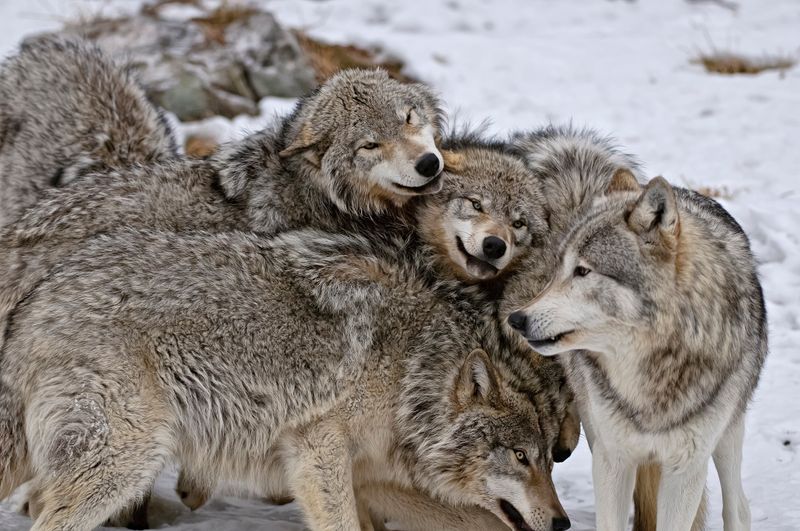
Contrary to lone-wolf stereotypes, Yellowstone wolves are incredibly social animals with complex pack structures. The average pack contains 10 members, though some have grown to 20+.
Each pack functions like a tight-knit family unit led by an alpha pair. The entire group works together to hunt, raise pups, and defend territory spanning up to 300 square miles.
4. Howling Communication Network
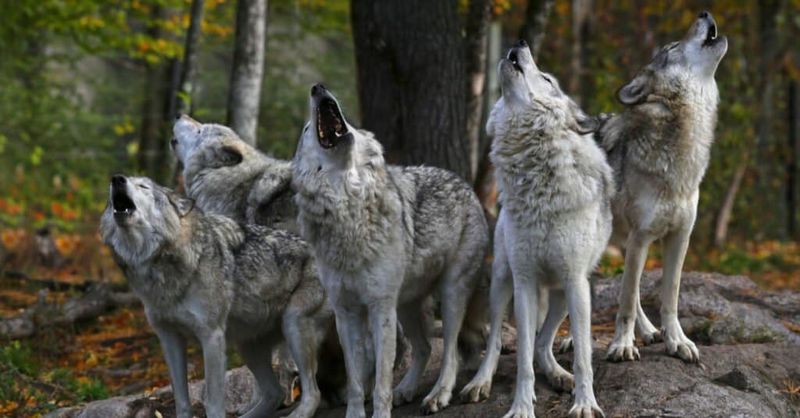
Those haunting howls echoing across Yellowstone valleys aren’t just for show! Wolves use these distinctive calls to communicate across vast distances, sometimes carrying over 6 miles.
Each wolf has a unique vocal signature, allowing pack members to recognize individuals. They howl to assemble the pack, warn off rivals, or simply maintain contact when separated during hunts.
5. Record-Breaking Hunters
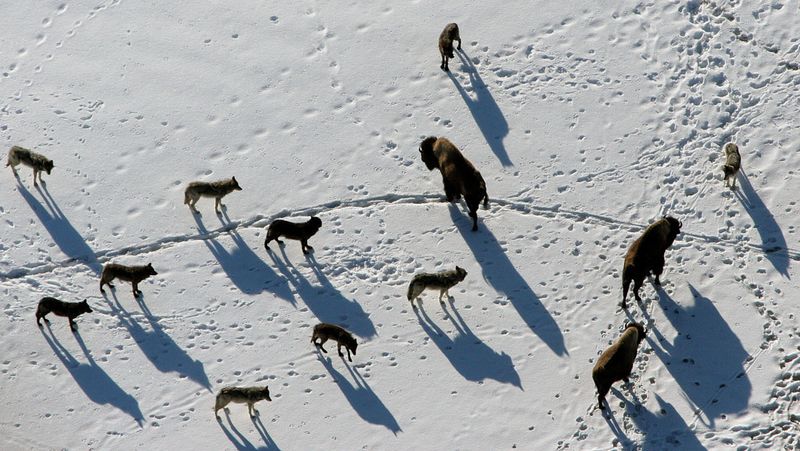
Talk about impressive athleticism! Yellowstone wolves can sprint up to 35 mph when chasing prey and maintain a steady 5 mph trot for hours without tiring.
Their powerful jaws exert 1,500 pounds of pressure per square inch – enough to crack moose femurs with a single bite. Despite this strength, wolves are surprisingly selective hunters, targeting vulnerable individuals in elk herds.
6. Celebrity Status: The Famous 06 Female
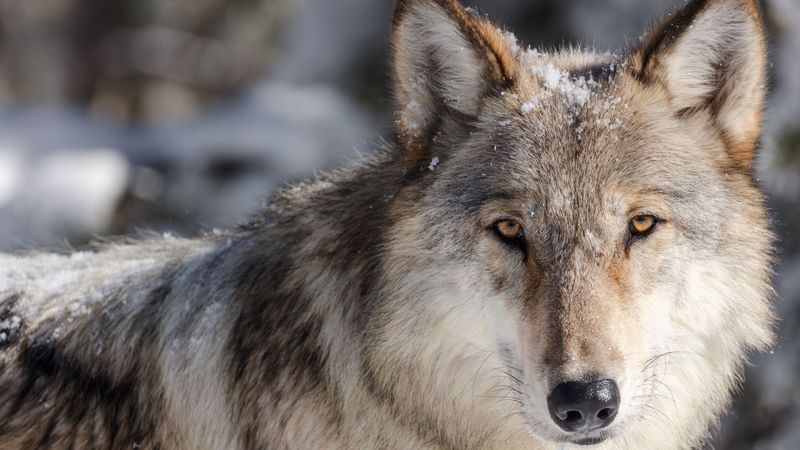
Known simply as “06” (for her birth year 2006), this remarkable alpha female became Yellowstone’s most famous wolf. Unusually, she hunted elk alone – a feat typically requiring an entire pack.
Tourists and researchers alike followed her exploits until her death in 2012. Her legacy lives on through offspring still roaming the park today, continuing her genetic contribution.
7. Rainbow Coats
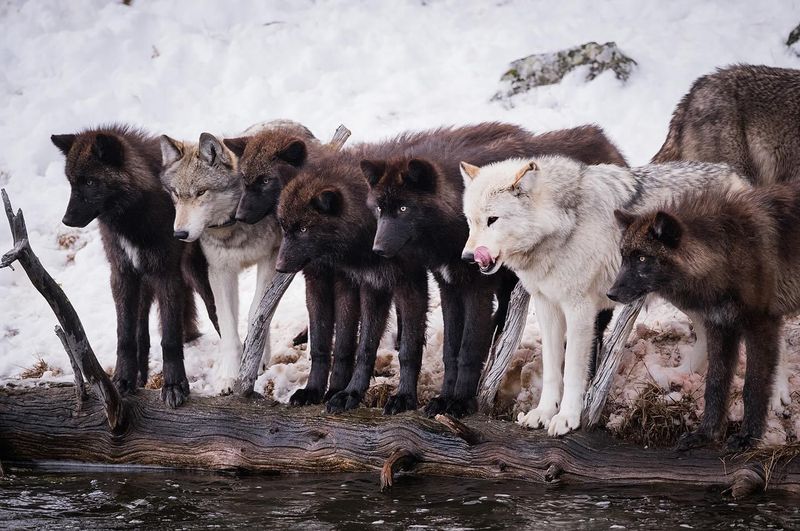
Forget the idea that all wolves are gray! Yellowstone’s wolves display remarkable color diversity – from pure white to coal black and every shade between.
This variation comes from complex genetics rather than subspecies differences. Within a single litter, pups can have completely different coat colors. Researchers use these distinctive markings to identify individuals from a distance.
8. Tourism Gold Mine
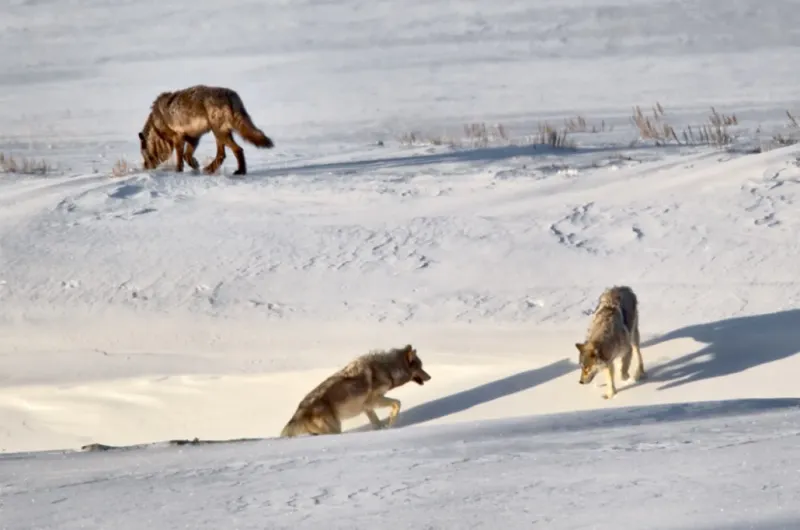
Wolf watchers pump serious money into local economies! Yellowstone’s wolves generate over $35 million annually in tourism revenue for surrounding communities.
Dawn gatherings in the Lamar Valley (nicknamed “America’s Serengeti”) feature enthusiasts with spotting scopes hoping for glimpses of these elusive predators. Some dedicated wolf-watchers visit multiple times yearly just for these magical moments.
9. Dinner Table Surprises
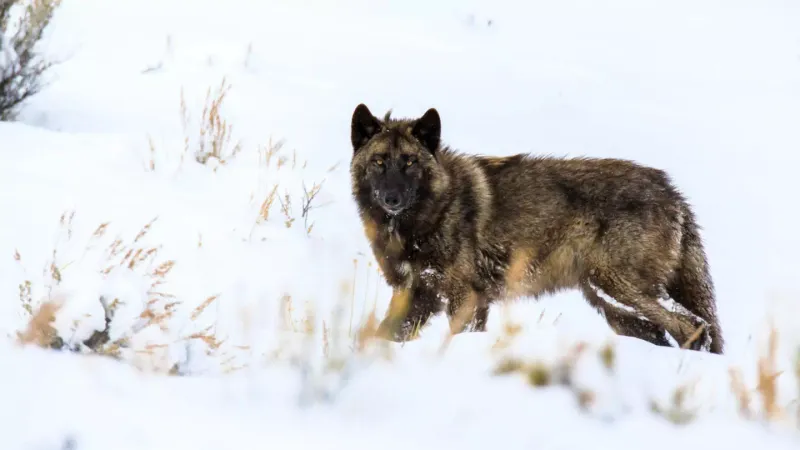
What’s on the menu for Yellowstone wolves? Primarily elk – making up about 80% of their winter diet. But these adaptable predators don’t stop there!
They also hunt bison, deer, and smaller mammals like beavers. Interestingly, wolves will scavenge when opportunity knocks, sometimes taking over kills from other predators or feeding on winter-killed animals during harsh months.
10. Scientific Goldmine
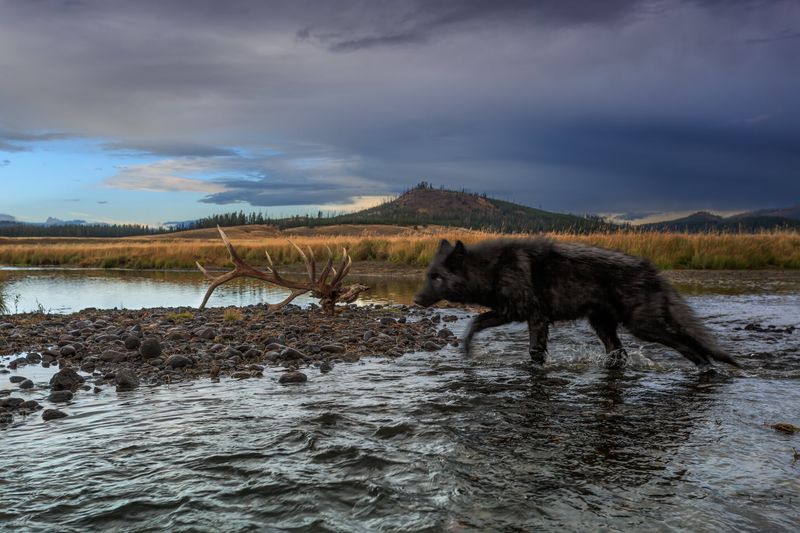
Yellowstone’s wolf project represents one of the most intensive wildlife studies ever conducted. Each pack is monitored daily during winter, with several wolves wearing GPS collars that track movements.
This research has revolutionized understanding of predator-prey relationships and ecosystem management worldwide. The project’s continuous dataset spanning 25+ years provides unprecedented insights into wolf behavior and ecology.
11. Survival Against The Odds
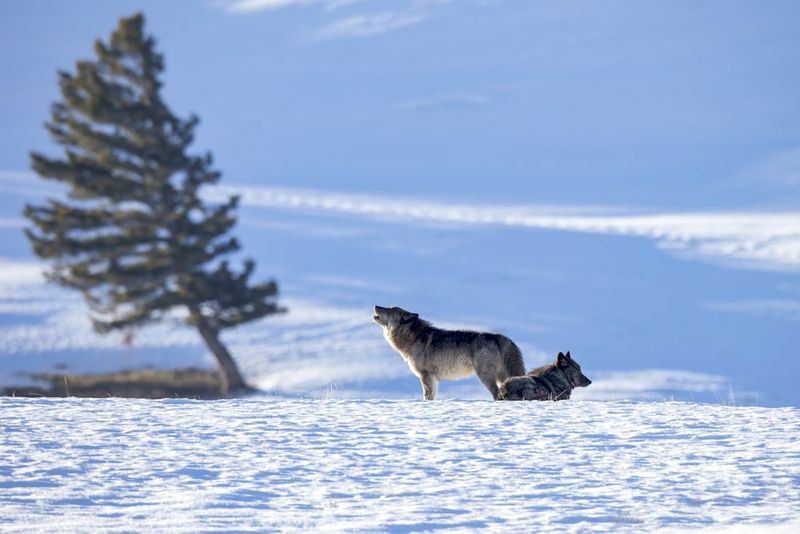
Life as a Yellowstone wolf isn’t easy! Pup mortality reaches 40-60% in their first year, while adults face dangers from territorial fights, hunting injuries, and disease.
The average lifespan in the wild is just 4-5 years, though some exceptional individuals have reached 12+. Winter poses particular challenges, when deep snow and temperatures dropping to -40°F test even these hardy animals.
12. Nature’s Medicine Cabinet
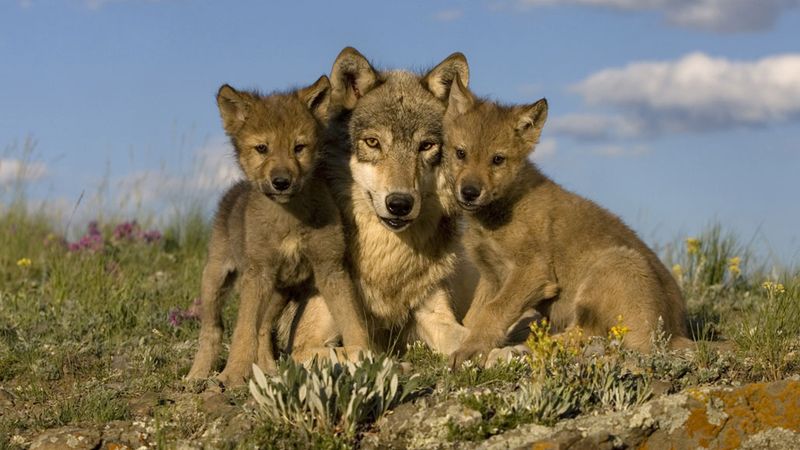
Yellowstone wolves self-medicate! When suffering from intestinal parasites, they’ve been observed eating certain plants with anti-parasitic properties.
They also consume grass to induce vomiting when their stomachs are upset. This sophisticated health management shows their remarkable adaptation to their environment. Wolves even care for injured pack members, bringing food to those unable to hunt.
13. Record-Breaking Territories
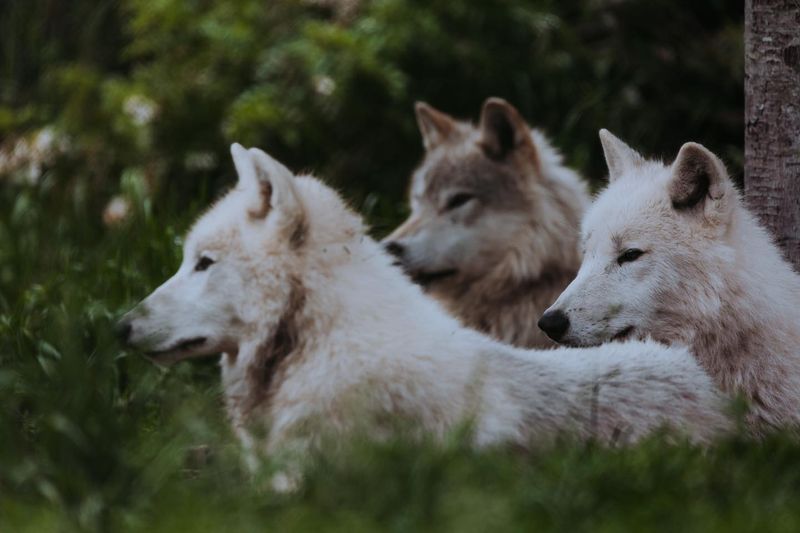
Talk about needing personal space! Yellowstone wolf packs maintain enormous territories averaging 200-400 square miles – among the largest of any land mammal in North America.
These boundaries are fiercely defended through scent marking, howling, and sometimes deadly encounters with neighboring packs. Territory size fluctuates with prey density and pack numbers throughout the changing seasons.
14. Super Sniffers
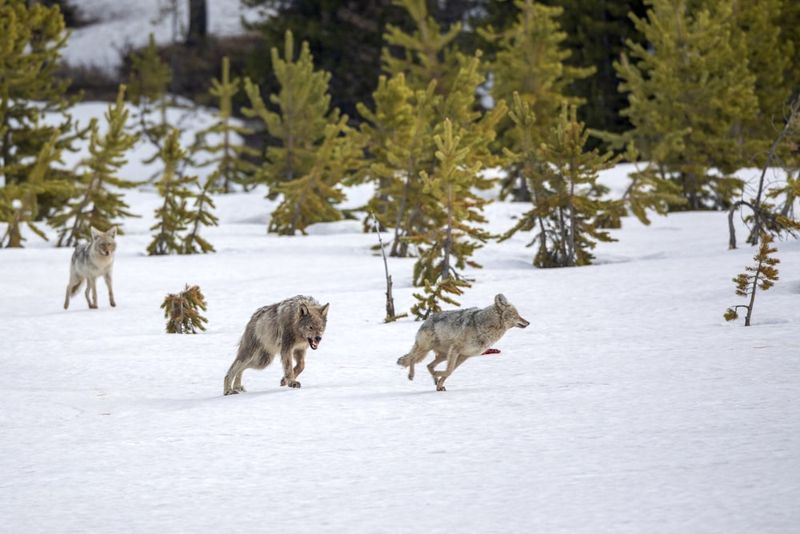
With 200 million scent receptors (compared to our measly 5 million), Yellowstone wolves possess extraordinary olfactory powers. They can detect prey up to 1.5 miles away!
This remarkable sense of smell also helps them track pack members, identify intruders, and find mates during breeding season. When tracking, wolves keep their noses to the ground, following scent trails left hours or even days earlier.
15. Future Uncertain
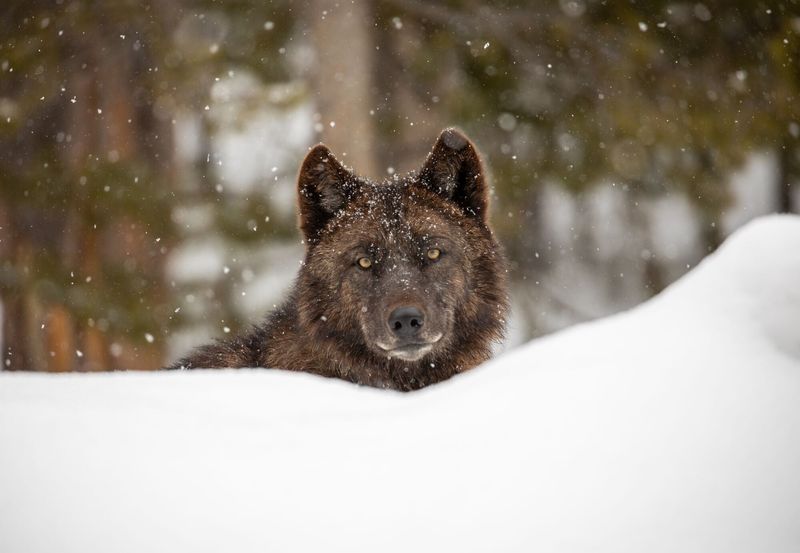
Despite their successful return, Yellowstone’s wolves face ongoing challenges. Recent legislation in surrounding states has removed hunting restrictions, resulting in dozens of park wolves killed when crossing boundaries.
Climate change alters prey migration patterns, while increasing tourism brings human disturbance. Conservation efforts continue amid these pressures to maintain this iconic symbol of American wilderness for future generations.





